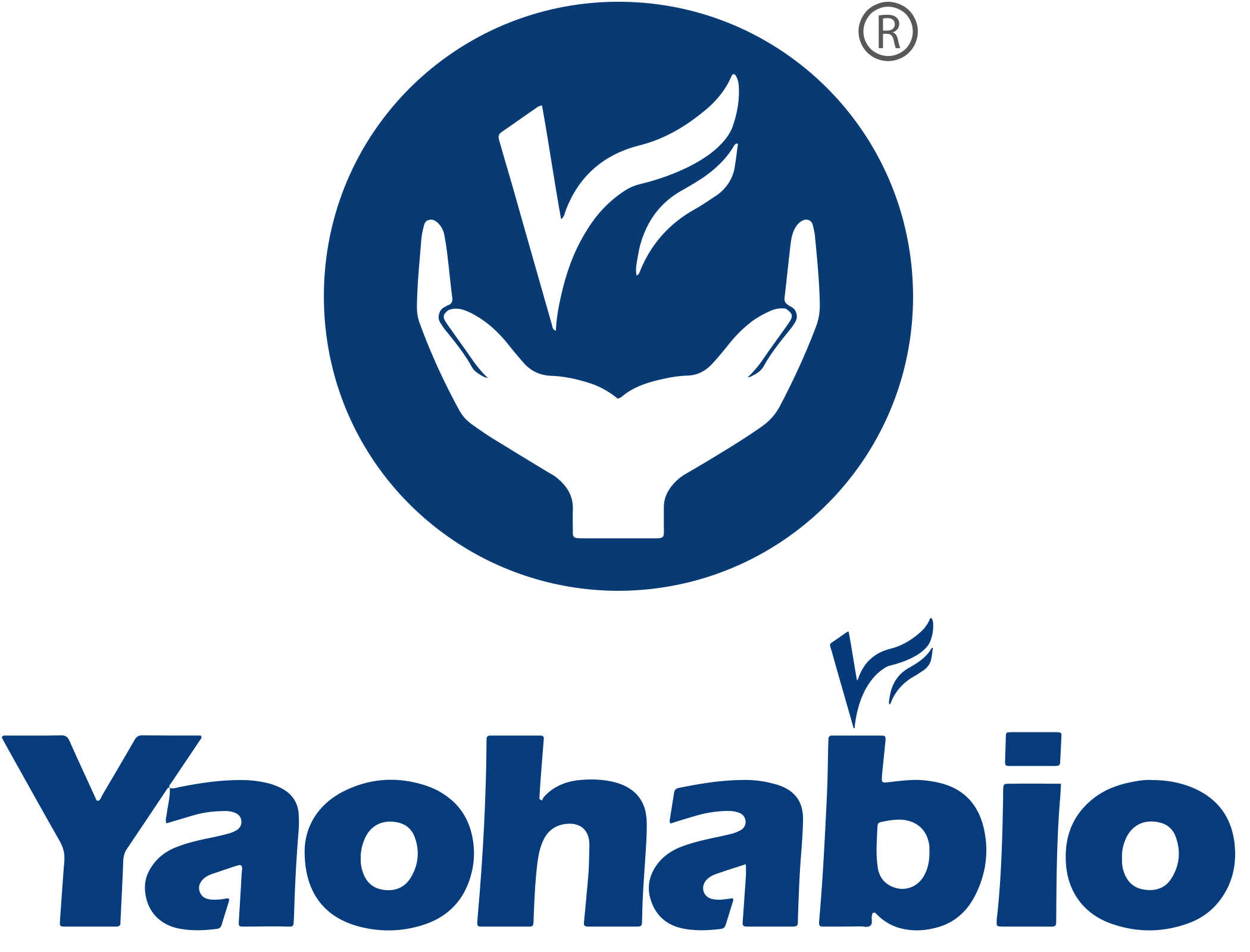Lyme disease is an illness caused by the bacterium Borrelia burgdorferi, which is transmitted to humans by infected ticks. The symptoms of Lyme disease typically include fever, headache, fatigue, and a distinct skin rash called erythema migrants. If left untreated, the infection can spread to the joints, heart, and nervous system. Lyme disease is mainly found in Europe, North America, and temperate Asia.
It is worth noting that as of 2023 there is no human vaccine available to prevent Lyme disease. However, clinical trials are ongoing for proposed vaccines. LYMERix, a recombinant vaccine, was produced for Lyme disease prevention, but it was discontinued in 2002 due to insufficient demand. Currently, another recombinant vaccine (VLA15) is undergoing Phase 3 clinical trials in endemic areas of Europe and the USA. On the other hand, there are several vaccines available for dogs to prevent Lyme disease.
Lyme borreliosis Vaccines in Human
The Outer Surface Protein A (OspA) is an antigen found on the surface of Lyme borreliosis bacteria. It has been found that blocking OspA can prevent the bacterium from leaving the tick and infecting humans. As a result, many vaccines against Lyme borreliosis are based on the OspA antigen.
LYMErix
LYMErix as a vaccine developed by SmithKline Beecham (GSK) for preventing Lyme disease. It was available in the US from 1998 to 2002. The vaccine contained the OspA protein of B. burgdorferi and aluminum hydroxide as an adjuvant. However, hundreds of vaccine recipients reported developing autoimmune and other side effects after receiving the vaccine. As a result, GSK withdrew LYMErix from the US market in 2002 due to plummeted sales.
VLA15
VLA15 is a promising Lyme disease vaccine candidate currently in clinical development. It is a hexavalent vaccine based on OspA that covers the six most common OspA serotypes expressed by the Borrelia burgdorferi sensu lato species, which are prevalent in Europe and North America. VLA15 has shown a strong immune response and a satisfactory safety profile in pre-clinical and clinical studies. The FDA granted VLA15 fast track designation in July 2017, and it is being co-developed by Valneva and Pfizer.
Lyme borreliosis Vaccines in Dogs
There are vaccines available for dogs to prevent Lyme disease. These vaccines are either based on inactivated B. burgdorferi cell lysate or pure subunit proteins. The bacterin vaccines approved for Lyme borreliosis include LymeVax (Fort Dodge), Nobivac Lyme (Merck), and Duramune Lyme (Elanco). The second type of vaccine, subunit vaccines, consists of a defined composition and contains well-characterized proteins. Recombitek (Boehringer-Ingelheim) is the first canine subunit vaccine to be available in the market, which consists of lipidated OspA in a non-adjuvanted formulation. VANGUARD® crLyme (Zoetis) is another commercially available Lyme vaccine for dogs which is based on chimeric epitope-based recombinant proteins. It contains both antigens for OspA and 14 different linear epitopes derived from diverse OspC antigens, providing broad-spectrum protection.
Yaohai Bio-Pharma Offers One-Stop CDMO Solution for Lyme borreliosis Vaccine

 EN
EN
 AR
AR
 HR
HR
 CS
CS
 DA
DA
 NL
NL
 FI
FI
 FR
FR
 DE
DE
 EL
EL
 IT
IT
 JA
JA
 KO
KO
 NO
NO
 PL
PL
 PT
PT
 RO
RO
 RU
RU
 ES
ES
 SV
SV
 IW
IW
 ID
ID
 LV
LV
 LT
LT
 SR
SR
 SK
SK
 SL
SL
 UK
UK
 VI
VI
 ET
ET
 HU
HU
 TH
TH
 TR
TR
 FA
FA
 AF
AF
 MS
MS
 BE
BE
 MK
MK
 UR
UR
 BN
BN

